San Diego's beautiful Santa Fe Depot is more than an important train station (California's third-busiest) or the hub of a busy downtown: It's a marker for San Diego's civic history.
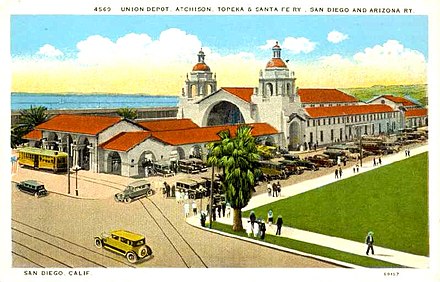
Called into existence, like its predecessor, by San Diego business interests eager to promote their city over others over a century ago, threatened with destruction by the same forces sixty years ago, it is now a civic monument and home to a museum as well as a railroad. And it's beautiful in its own right.
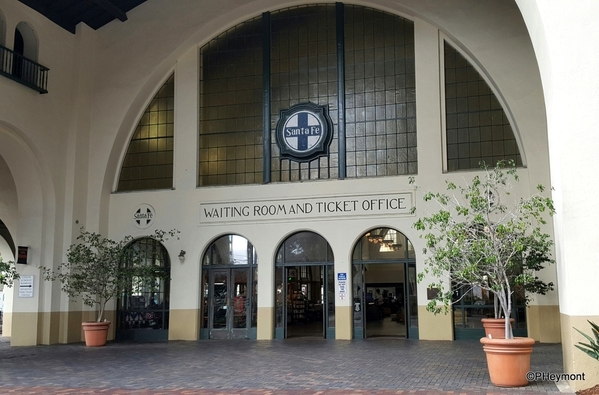
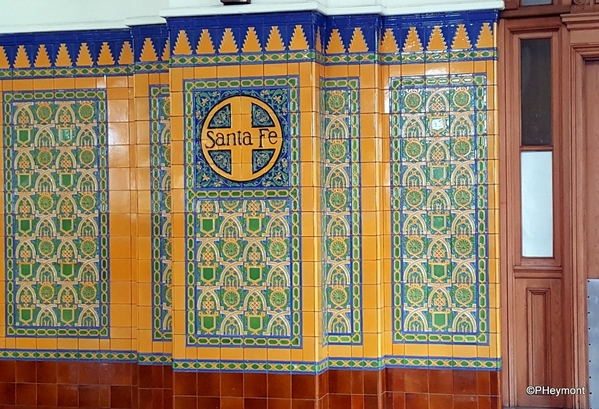
In San Diego's earlier days, when the first railroads were reaching the West Coast, San Diego, then only a small town with a fishing industry, saw itself as the logical place for an important port and railroad terminal. The first transcontinental railroad went to San Francisco; Congress had mandated a second, southern route and San Diego wanted it. Like their arch-rivals in Los Angeles, who eventually won out, local businessmen promoted rail connections for the new line, and built a suitable and impressive Victorian station.
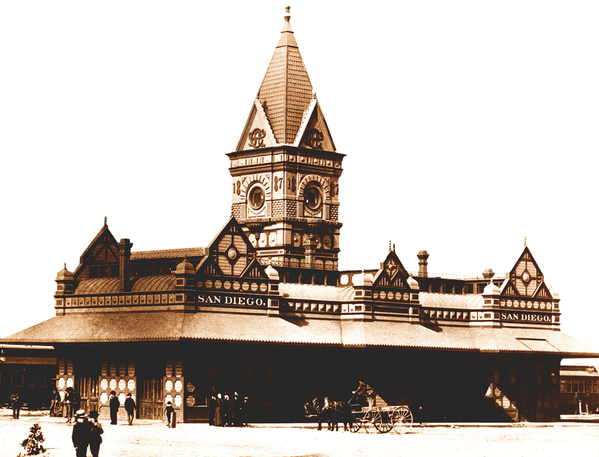
Despite losing the competition to Los Angeles, San Diego gained connections on several routes to the Atchison, Topeka and Santa Fe railroad, and new hope with the construction of the Panama Canal. Local magnates were sure that, as the first U.S. port north of the Canal, their day had come. To make the point, they organized a World's Fair, the Panama-California Exposition, complete with magnificent exhibit halls in Balboa Park and a brand-new station to handle the crowds headed to town.
Like so many other civic buildings in California, it borrowed deeply from the Spanish colonial and Moorish influences seen in the Spanish missions in California, in this case a local one, San Luis Rey de Francia in nearby Oceanside.
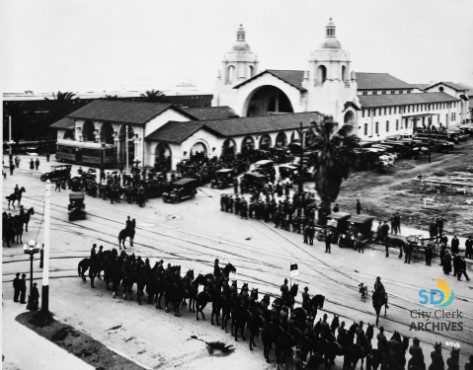
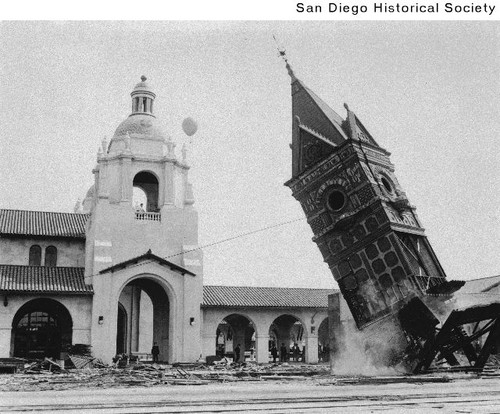
Opening Day, March 8, 1915. The old station had been demolished the previous day
Millions came to the fair, the pavilions in Balboa Park are there still today, home to dozens of museums and other civic attractions. But still, San Diego had to bear the disappointment when both shipping and the freight railroads favored San Pedro and Long Beach harbors in the Los Angeles area, and San Diego's rail traffic centered largely on its 'Surf Line' connection to Los Angeles.
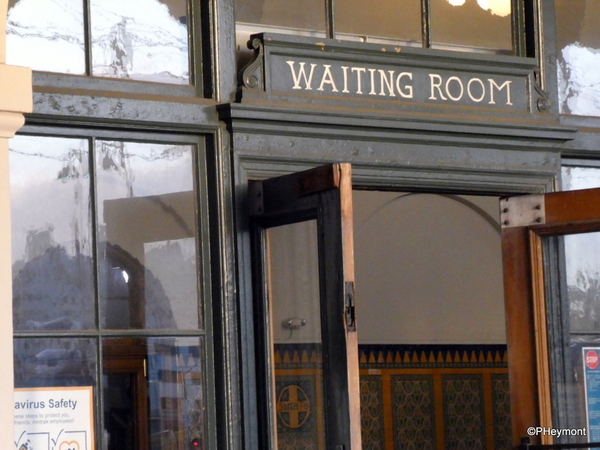
With less long-distance rail traffic and more and wider highways, the importance of a major rail station shrank in the public's mind, and despite the San Diego to Los Angeles run being one of the busiest rail corridors in the country, the Santa Fe Depot nearly met the same fate as New York's Penn Station. In 1972, Santa Fe proposed demolishing it and building two profitable office towers on its site.
Civic pride stepped in again, and after a campaign that placed the station on the national historic buildings register, Amtrak, which had taken over from the Santa Fe, agreed to keep the station in return for development on the area around the station.
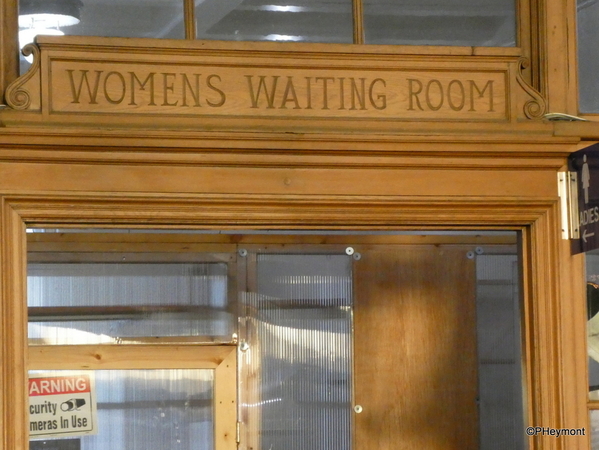
These days, with the station's interior spruced up and its lovely lettering and tile work polished, along with its original 1915 oak benches, it looks a safe bet for a long future, especially since it is now a main hub of the San Diego transit grid, with Amtrak, commuter rail and bus services on hand.

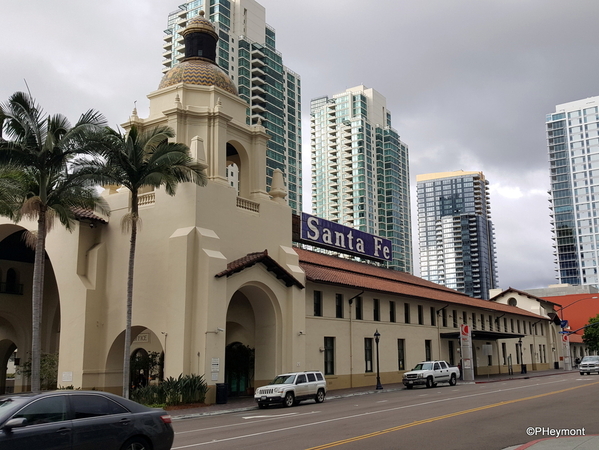
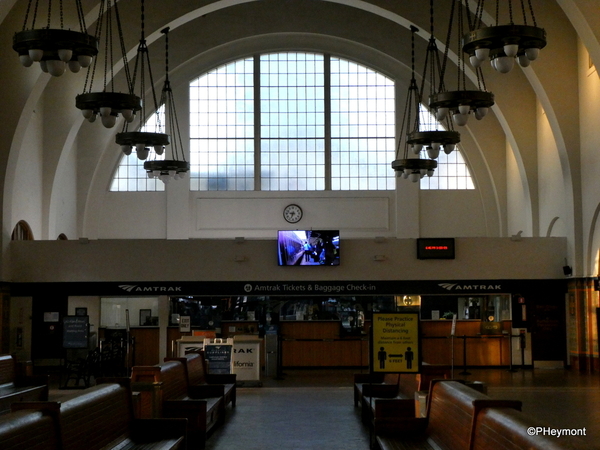

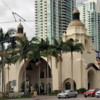



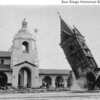

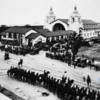


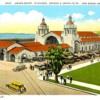
Comments (0)